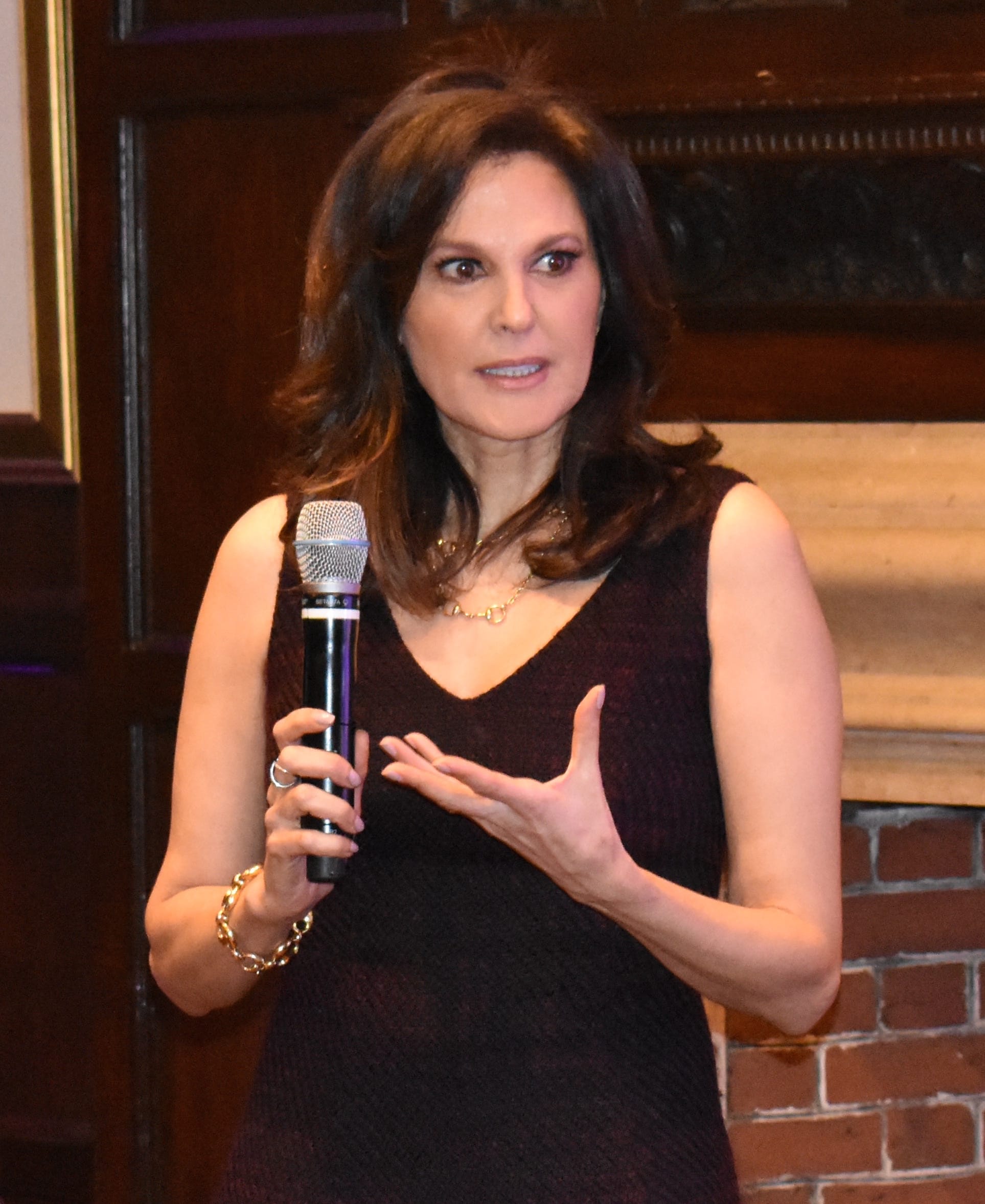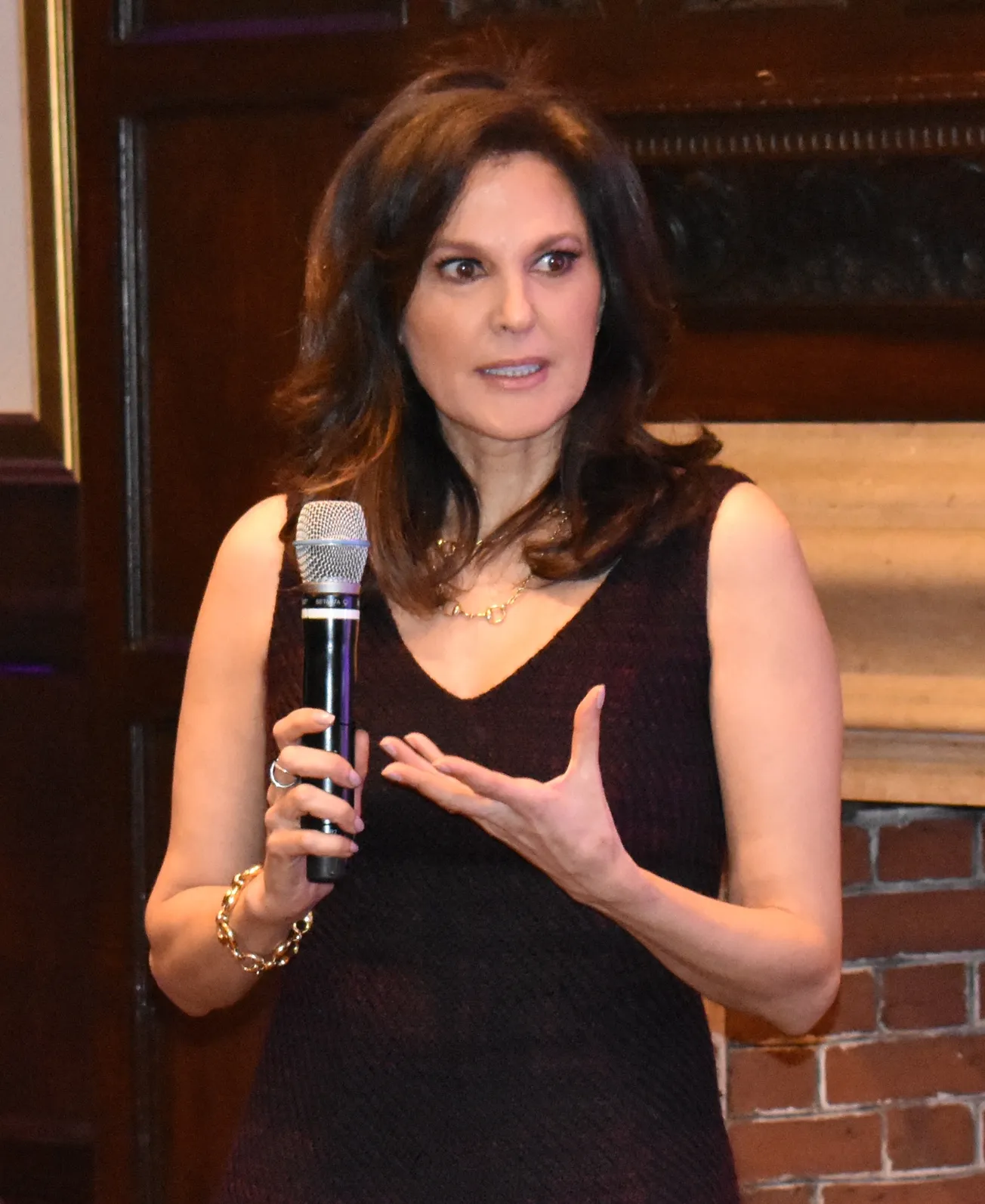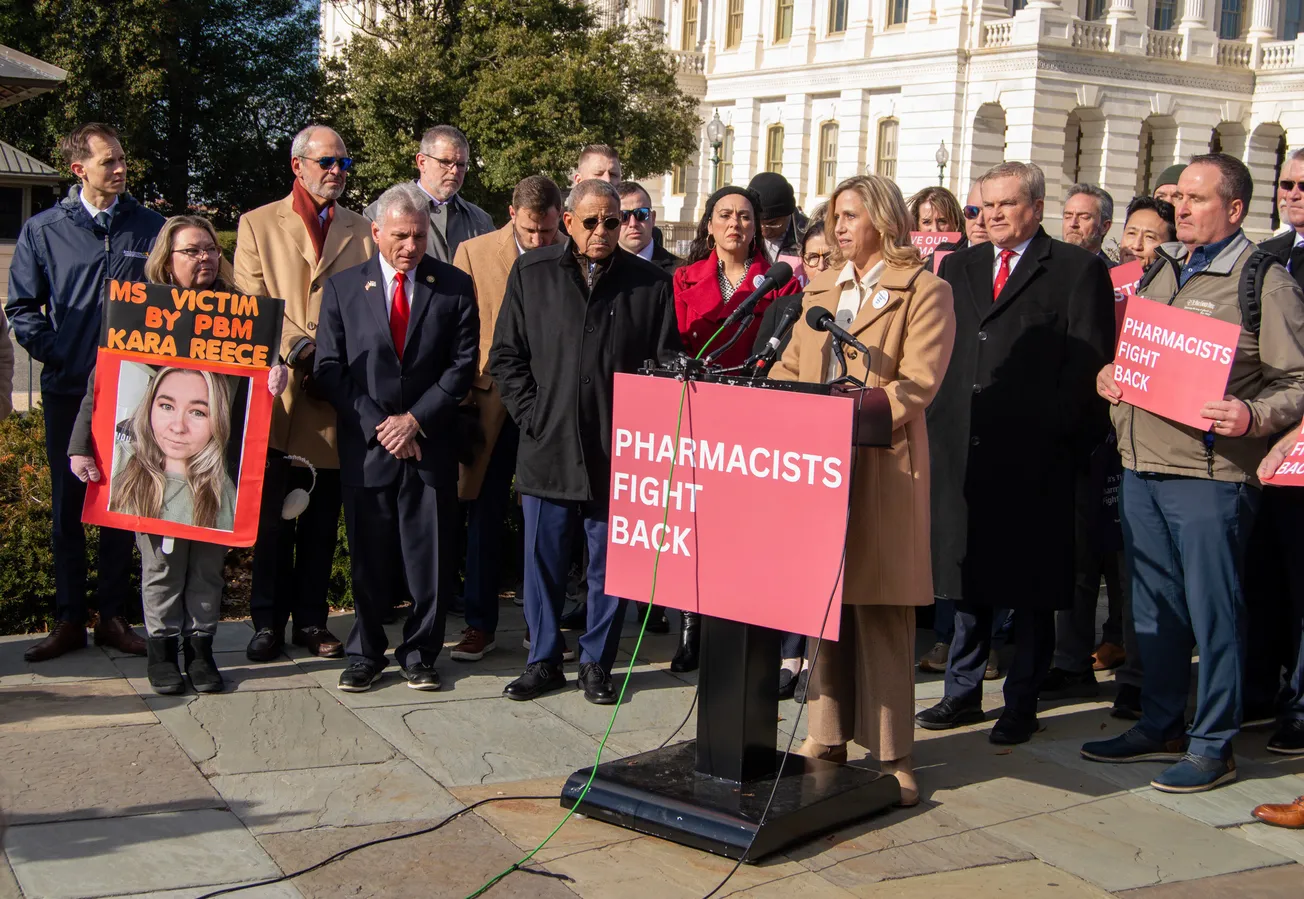NEW YORK — Acne, the common skin condition that occurs when hair follicles become plugged with oil and dead skin cells, is most often associated with the awkwardness of adolescence. However, it’s more common in adults, especially adult women, than most realize.
According to the American Academy of Dermatology, acne affects up to 50 million Americans each year — the most common skin problem in the U.S. — with women comprising the majority, 85%, of adult patients seeking dermatological consultations for the treatment of acne. Of those women, 45% are ages 21 through 30, 26% are 31 through 41, and 12% are 41 through 50.
Now those adults dealing with acne have a new prescription option in Altreno Lotion from Ortho Dermatologics, one of the largest prescription dermatology businesses dedicated to helping patients in the treatment of a range of therapeutic areas.
In October, Ortho Dermatologics, which is part of the Bausch Health Cos., announced the launch of Altreno Lotion, which the Food and Drug Administration approved in August. It is the first and only tretinoin (0.05%) acne treatment in a moisturizing lotion. Tretinoin is a vitamin A metabolite that regulates epithelial cell growth and differentiation by binding to and activating nuclear retinoic acid receptors.
Earlier this month, Ortho Dermatologics introduced the new acne treatment, which is indicated for patients 9 years old and older, at a breakfast at the Harvard Club in Manhattan. Acclaimed dermatologists Dr. Doris Day, who has a private practice in New York, and Dr. Joshua Zeichner, director of cosmetic and clinical research in dermatology at Mount Sinai Hospital, spoke at the breakfast and endorsed the lotion’s efficacy.

Dr. Doris Day
Day, who treats many adult women with acne, said the condition can potentially mar more than just one’s appearance, as many women dealing with adult acne suffer negative psychological and emotional impacts, including social isolation.
Day said that, based on time of onset, there are two subtypes of adult acne that occur in women: persistent acne, which is a continuation or relapse from having acne as an adolescent, and late-onset acne, which manifests for the first time in adults.
Despite the preponderance of adult acne affecting women, it can happen in adult men as well. In fact, during Altreno’s clinical trials, 40% of patients were men, according to Eric Guenin, senior director of medical affairs at Ortho Dermatologics.
Zeichner noted that many acne patients struggle with treatments because they often irritate the skin. Altreno, however, has been proven through clinical trials to be more tolerable to the skin, Zeichner added. “Greater tolerability may help improve adherence to skin care regimens, which may ultimately lead to better patient outcomes,” he said.
In clinical trials, not only did Altreno receive high levels of patient satisfaction — nine out of 10 were satisfied with their treatment — less than 4% of patients experienced adverse reactions.
Day noted, however, that Altreno does contain fish proteins, so patients with fish allergies might develop hives or itching.
Ortho Dermatologics president Bill Humphries, who also spoke at the breakfast, said the FDA approval of Altreno further builds upon the company’s strong acne portfolio with a lotion that “easily spreads and is quickly absorbed into the skin, allowing acne patients to easily incorporate this once-daily treatment into their skin care regimen.”
A unique nonclinical feature of Altreno is the cash pay model for purchasing the prescription-only lotion that was put in place, according to Stacey Williams, vice president of marketing at Ortho Dermatologics, to avoid the red tape of getting the treatment through insurance plans.
“Insurance does not often cover acne treatments, because they believe you can get the same treatments over the counter,” Williams said, adding that acne, especially in adults, is not often taken as a serious condition by insurance companies. Set at $115 per tube, the idea of the cash pay model is to make it a no hassle transaction for the patients — dermatologist prescribes, patient visits pharmacy, patient pays cash and walks out the door with the lotion. And, noted Williams, with each tube providing three months of treatment, the up-front cost of the lotion is comparable to most O-T-C options when broken down over daily use.
“With this model, there’s no need for insurance claims or prior authorizations,” Williams said. “We wanted to provide a predictable price for patients and wanted them to be able to get the treatment easily, whether at their pharmacy or mailed to their home.”
Williams added: “We believe this cash pay model is the model of the future.”







